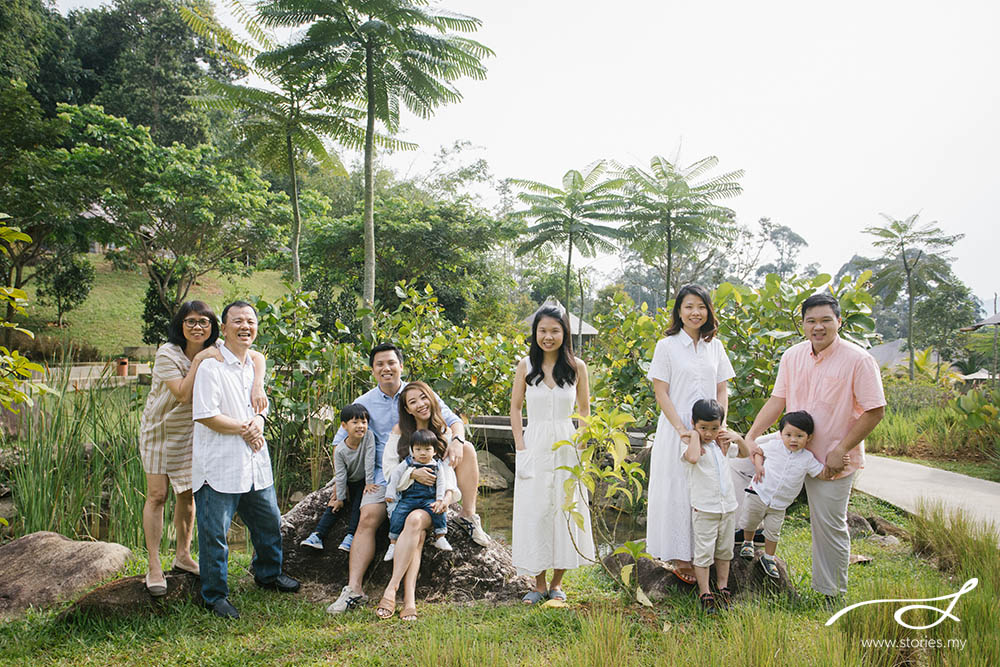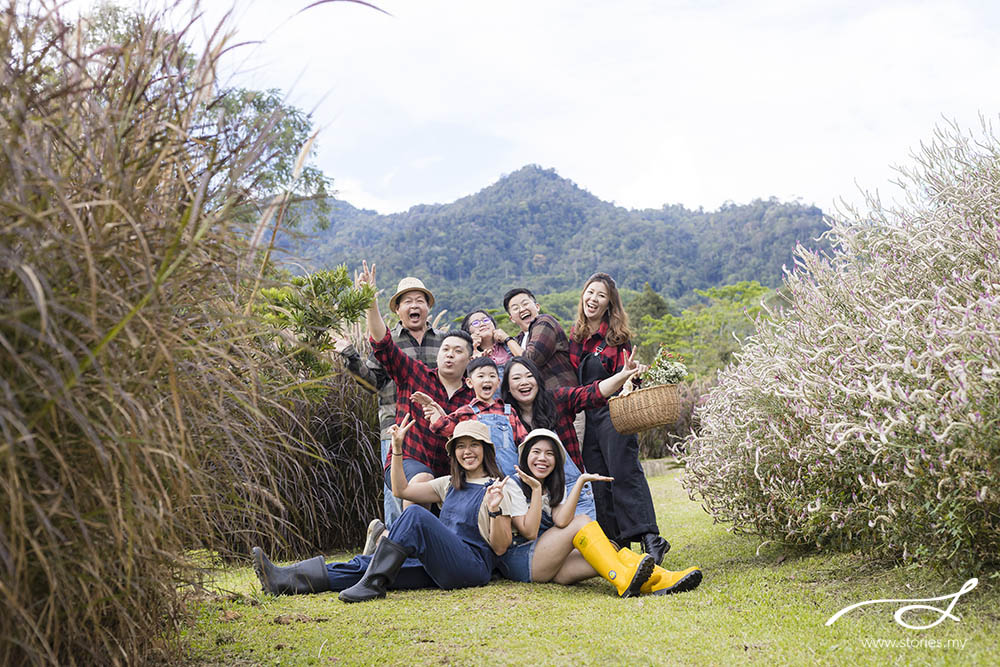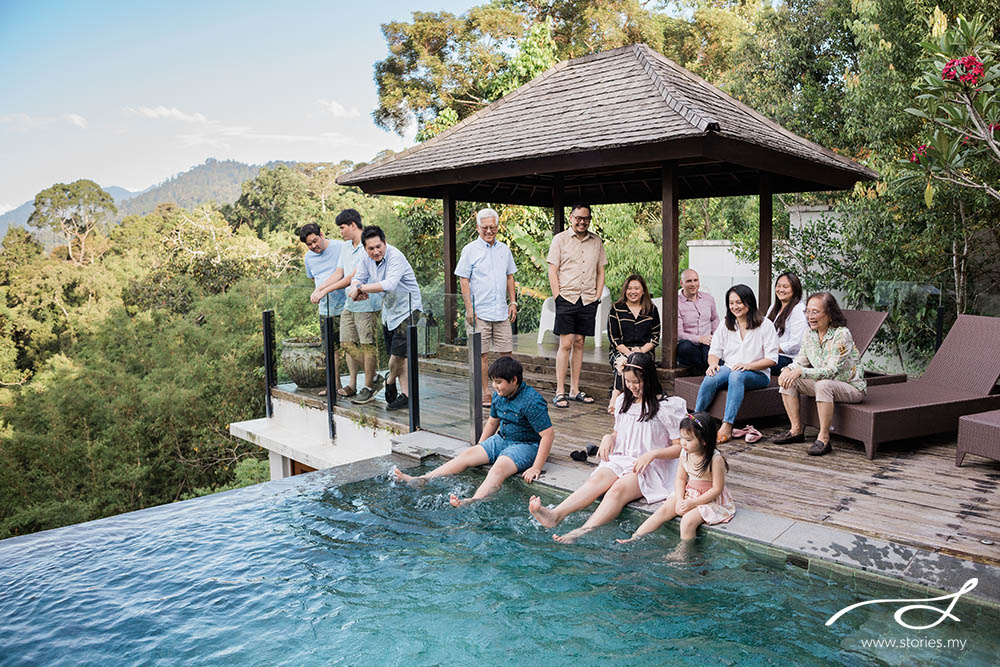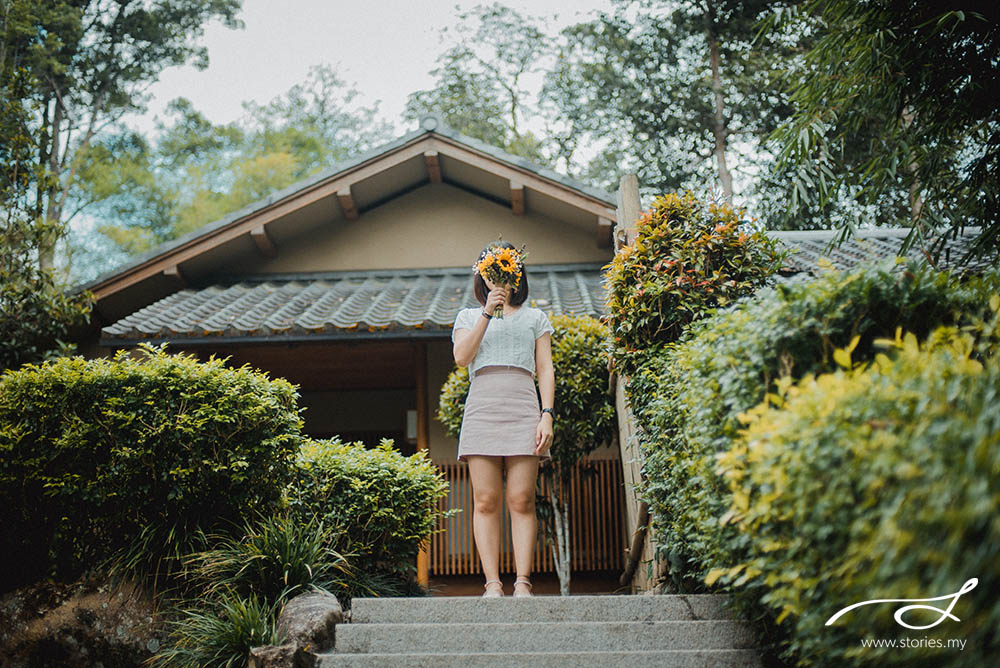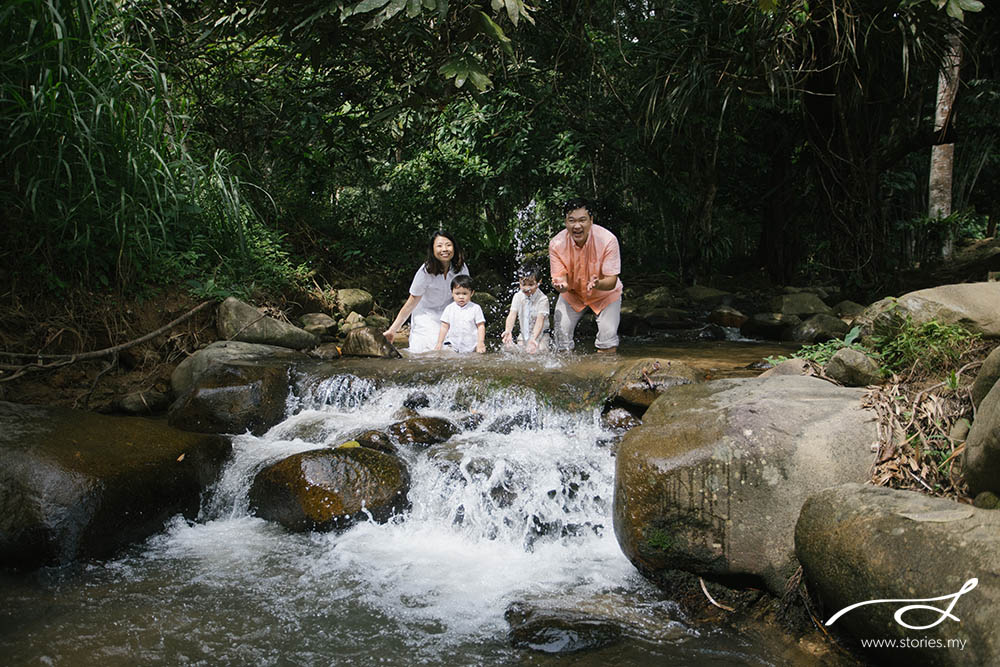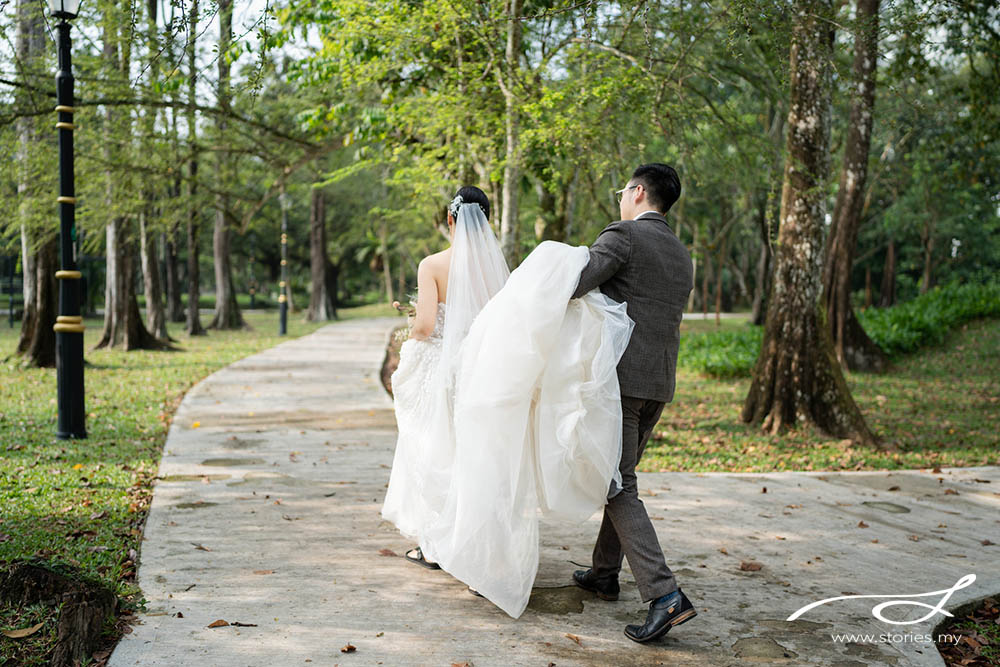Hey mama (or papa-to-be),
Let’s talk about something real for a minute: how fast babies grow. You hear it from everyone (your mom, your neighbor, even the lady at the grocery store) and it’s always followed with a knowing smile: “Enjoy it now, it goes by in a blink.” And honestly? They’re absolutely right.
One minute you are announcing your pregnancy, the next you’re doing a baby shower party, then you are holding a squishy, wrinkly newborn babe in your arms, and then suddenly, somehow, they are taking their first steps and smearing cake on their face at their first birthday party. It’s crazy! And yet beautiful. And totally worth documenting. That’s why we always recommend the Heirloom Package to parents who want to freeze time, even if just for an hour.
Let us walk you through it.
Start with the Glow — Maternity Photos (Best in the 3rd Trimester)
First up, maternity. We know what you are thinking: “I feel swollen, tired, and none of my clothes fit right now.” Trust us, we get it. But that third trimester glow? It’s magical. That radiant, round belly holding your little miracle deserves to be celebrated.
The best time to do a maternity session is during the third trimester, around 28-34 weeks. You are showing your belly beautifully, and hopefully you are still comfortable enough to move around a bit. The session lasts about an hour, which is just enough time to capture the connection between you, your partner, and that tiny life growing inside you, without making you feel like you’ve run a marathon.
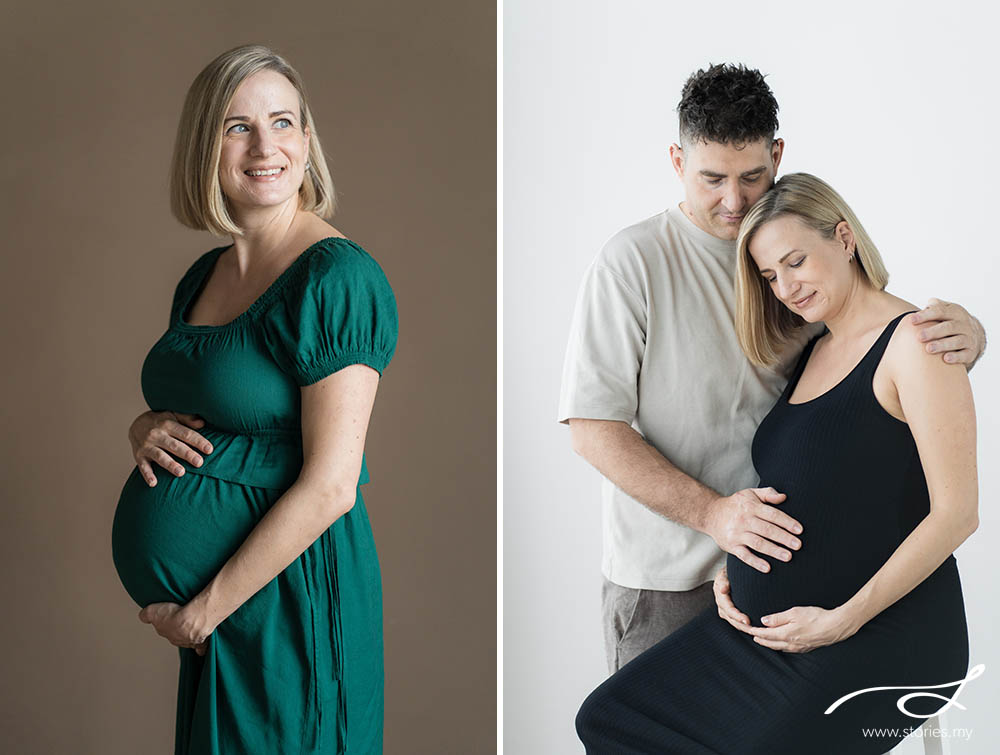
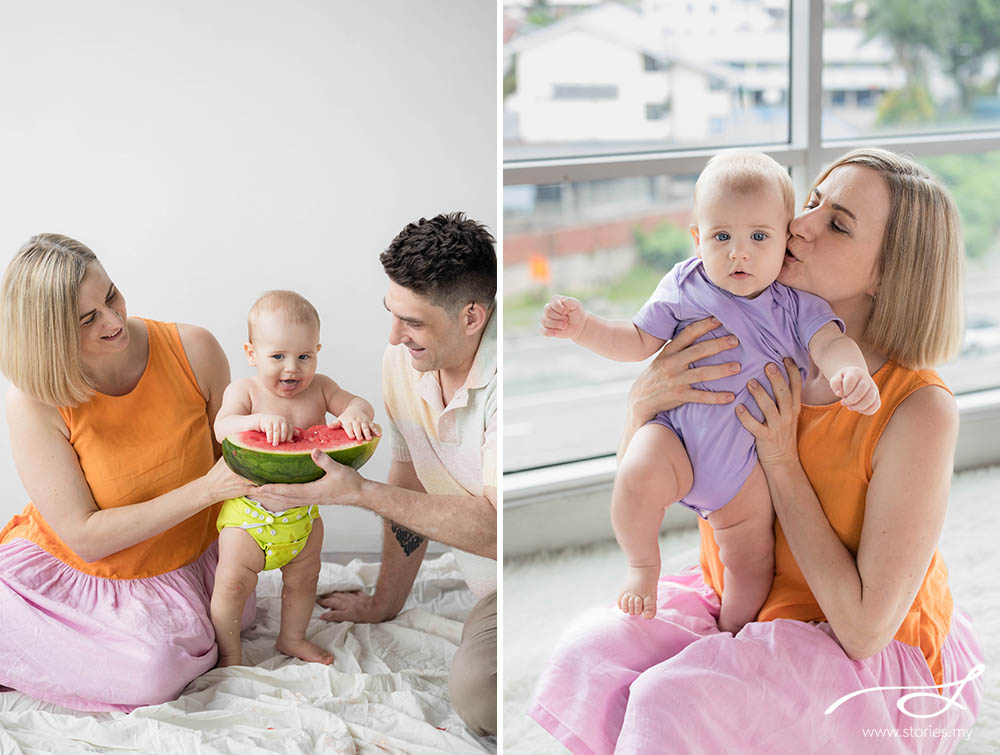
Next Comes Baby — Newborn Session (Within 2–3 Weeks After Birth)
Here’s the thing about newborns: they change literally every day. One day their tiny fists are curled just so, the next their eyelashes seem longer, and suddenly those wrinkly feet are stretching out.
The best window for newborn photos is within the first two to three weeks after birth. This is when babies are sleepiest and most curled up, making it easier to capture those sweet, womb-like poses everyone loves. We keep things relaxed, baby-led, and totally stress-free, because let’s be honest, you will be tired, even getting out of the house is a challenge. You can opt for a photo in our session or you can get us to come to your home where you and your baby will feel most at ease.
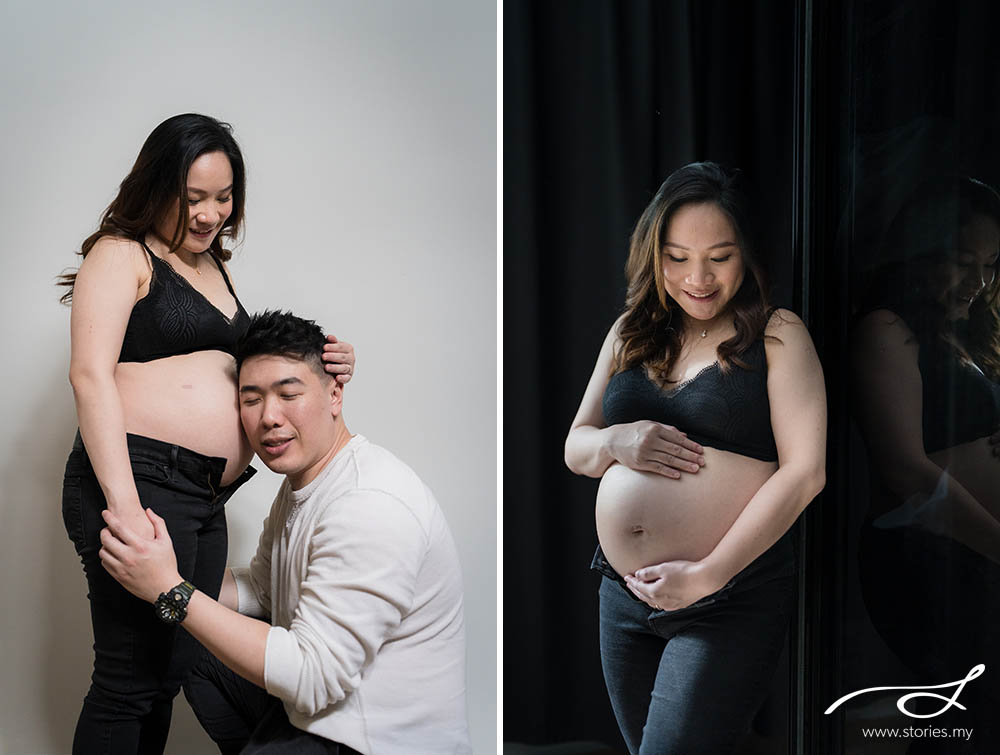
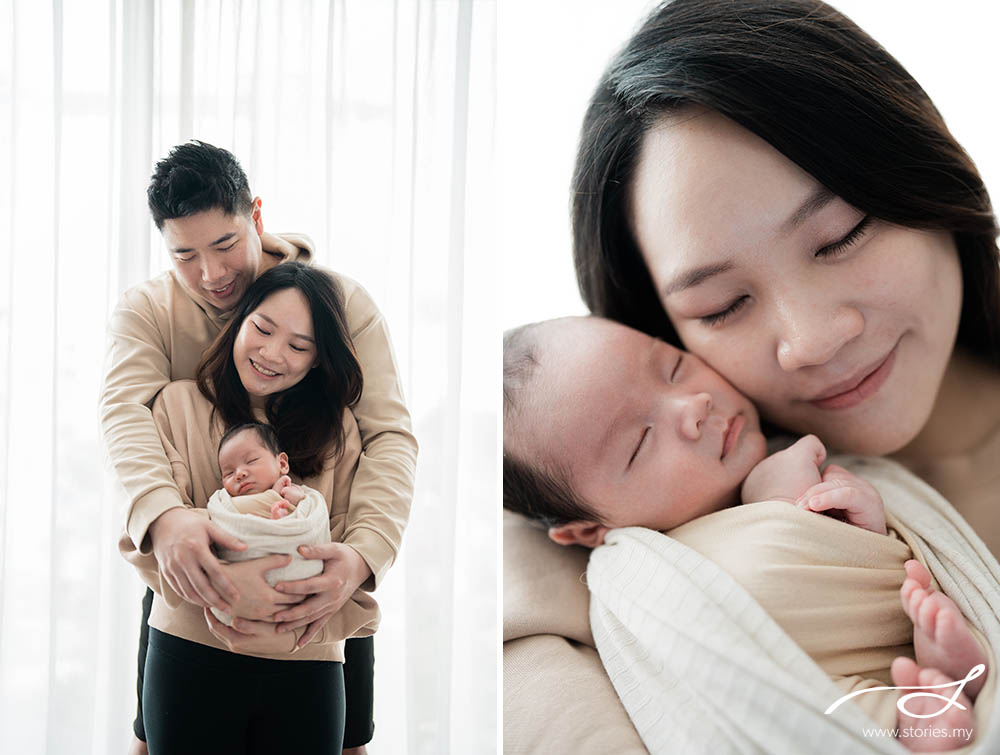
One Year of Milestones — You Won’t Believe How Much They Change
Here’s where the Heirloom Package really shines: it includes two wonderful sessions over the course of one year: starting with maternity photoshoot, then a sweet, cuddly newborn photo session.
Each session is one hour. That’s it. Two hours across one whole year to create a beautiful visual story of your baby’s beginning. However, if you would like a longer session, we can do that as well.
What we love most about this package is how it captures the whole journey. You will look back at your maternity photos and remember the anticipation. The newborn images will bring back that new baby smell and the way they curled perfectly on your chest. Tiredness fades, but the memories don’t have to.
Honestly, you’ll probably cry. (A lot of parents do. We will provide tissues.)
Why This Matters — Don’t Let These Moments Slip By
Here’s the thing no one tells you when you become a parent: you won’t remember everything. You’ll try. You’ll promise yourself you will. But babies grow fast. Their little features change constantly, and those sleepy snuggles, gummy smiles, and chubby legs will be gone before you even realize they were here.
That’s why we curated this package, not just to give you beautiful photos (though, yes, that’s for sure), but to give you a peace of mind. To give you a way to hold on to a time that’s as fleeting as it is magical.
Because your baby won’t be this small again.
When Should You Book?
The short answer? Whenever you’re ready. Whether you’re planning to get pregnant or about to deliver a baby, it’s never too late to start capturing these moments. And if you’re reading this with a tiny person snuggled on your chest right now? Take a breath, soak it in, and then drop us that message. You won’t regret it.
A year from now, you will have a full gallery of professional images showing your baby’s first year. Not just how they looked, but how it felt. The connection, the laughter, the love.
And someday, when that baby is running into kindergarten or asking to borrow the car keys, you will have these photos to remind you of where it all began.
You only get one chance to capture the firsts. Let’s make sure you have them forever.

